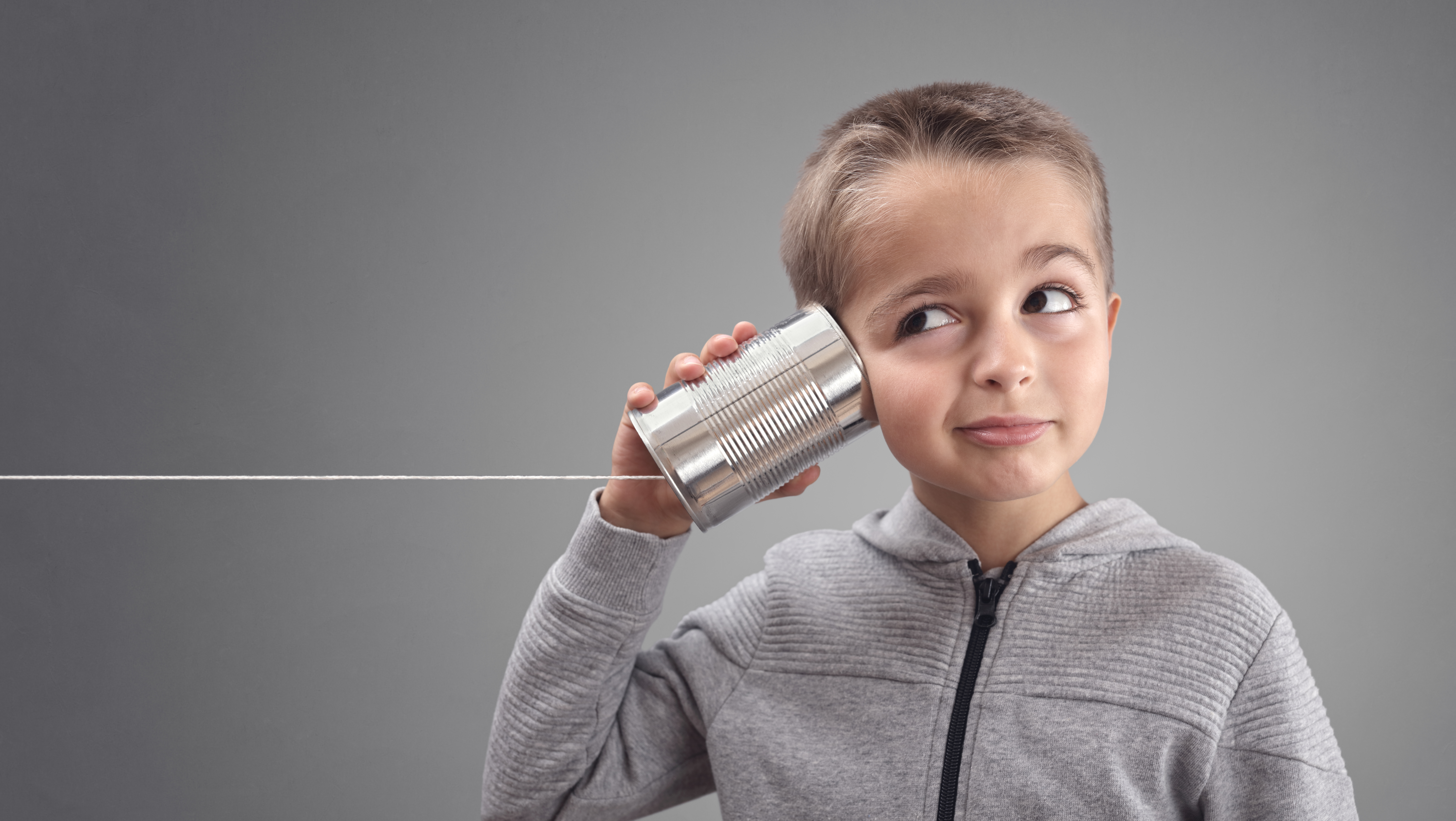Auditory Processing Disorder is a brain-based deficit. It is characterized by an insufficiency in the ability to process, remember and recall information received through both the ears and written language. It can, and often, occurs in people with perfectly normal hearing. It is not a problem with the ears.
Does my child have Audio Processing Disorder?
It is not difficult to know which children have Audio Processing Disorder. It is usually quite evident if you know what to look for. A child with Audio Processing Disorder or APD will struggle with verbal instructions, especially if more than one step is dictated.
“Go to your room. Get your socks, your shoes and your jacket. Let’s go to the store”
They may walk into their room, struggle to recall the other commands, and begin playing with their toys. Then mom has to go find them. “Why didn’t you come back? Now get your socks and shoes so you can hop in the car”. They may go to their dresser and grab their socks, but stall after that or go straight to the car without their shoes.
As they enter school, they will start to struggle with processing the teacher’s multi-step commands. They may struggle with reading disabilities. They will grasp the sounds of the letters, but struggle when they have to sound out words with more complicated phonics. Auditory Processing Exercises are super beneficial to help this.
Because Audio Processing Disorder affects their storing and retrieving written language too, some develop reading disabilities and often get diagnosed with Dyslexia or Dyscalculia. Click here to read more about Auditory Processing Disorder Symptoms.
There is intervention
Auditory Processing Exercises are simple and can be done right at home. They are a great way to enhance Auditory Processing Skills. We also like to do Primitive Reflex Exercises to help eliminate the trouble makers.
If the child still struggles after these little interventions, see an Occupational Therapist.
Super Important Nutrients for APD
Lecithin and Fish Oil are very important nutrients for the brain. In fact, they are the building blocks for neurons. As you stimulate their brains to grow more connections, be sure it has the proper nutrients to do so. We give them to our children before or while they are doing the exercises.
It is important to make sure they Fish Oil is free of mercury and other contaminants. Our children love the Barlene’s brand Lemon Swirl flavored Fish Oil. It is guaranteed contaminant free and doesn’t have a fishy aftertaste. It is so good that they actually ask for more. It is a good little treat for finishing their exercises with you.
The Lecithin is just as easy to get down the pickiest kids. We buy it in ‘Lecithin Granules’ form and add it to the blender with some fruit and water. It doesn’t have a flavor, but blends well and makes the smoothie creamier. Kids love it.
Tip: I always buy super ripe bananas, peel them and freeze them. They add a lot of sweet flavor to any smoothie. Also, kids love straws. Mine drink it twice as fast with a straw.
Putting time in to make a difference in your child’s life is so rewarding when you see them start to do things they couldn’t previously do. Have fun with it, make it fun for them, and don’t push too hard. And enjoy this time with them.

